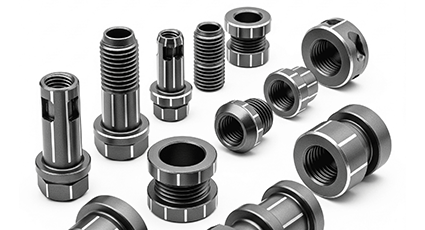Types of Fasteners: A Beginner’s Guide
Using the wrong fasteners can cause weak connections, assembly problems and high repair costs. Choosing the right fastener is important for every project.
In CNC machining, common fasteners include bolts, screws, rivets and anchors. Each type is used for different purposes based on the load, the environment and the material of the part. This guide will explain the main fastener types and how to choose the best one for your needs.
Now let’s take a closer look at each type and how to make the right choice.
Types of Fasteners
Understanding the different types of fasteners is key to choosing the right solution for your application. Each fastener has its own specific use, depending on its design, material, and how it connects parts together.
Screws
A screw fastener is a threaded rod that rotates into a material to create its own hold. It does not need a nut. Screws are used in wood, plastic, and soft metals. They are common in electronics, furniture, and everyday tools.
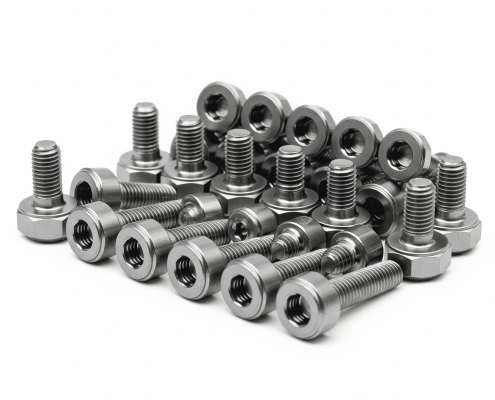
Bolts
Bolts have external threads and require a nut to hold materials together. They are used in CNC-machined parts, industrial frames, and automotive systems. A bolt goes through a hole in the part and the nut secures it on the other side. Bolts are stronger than screws and are often used for high-load structures.
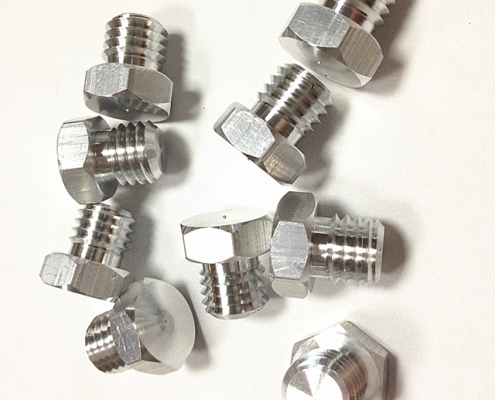
Nuts
Nuts are internally threaded blocks that work with bolts to create a strong mechanical joint. They come in shapes like hex and wing types. Nuts help hold parts together in machines and structures. Locking types resist loosening caused by vibration or movement.
Washers
Washers are thin plates placed between a bolt or nut and the surface. They spread the load to avoid damage and reduce the chance of loosening. Washers improve long-term stability in fastened joints. They are used in both heavy machines and small devices.
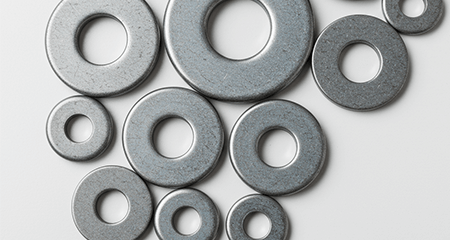
Rivets
Rivets are used to create permanent joints. They have a head on one end and are deformed on the other after insertion. Rivets are often used in metal structures and aerospace assemblies. Once set, they cannot be removed without breaking the joint.
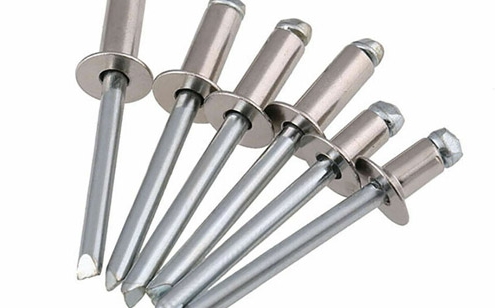
Pins
Pins are smooth or slightly grooved rods used to align or hold parts in place. They are often used in engines and gear systems. Pins do not have threads and are easy to insert or remove. They are helpful for positioning and rotation control.
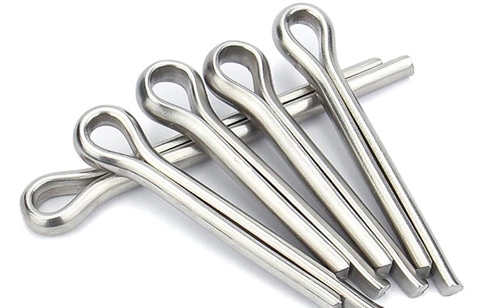
Anchors
Anchors hold screws or bolts in concrete, brick, or drywall. When inserted, they expand and grip the hole tightly. Anchors are used for mounting shelves, machines, and structural supports on walls or ceilings. They provide a solid base when direct fastening is not possible.
Clamps and Clips
Clamps and clips hold parts temporarily. Clamps use force to keep surfaces together. Clips snap onto parts to keep them in place. They are used in textile production, electronics, and custom prototypes. These are not permanent but help during setup or testing.
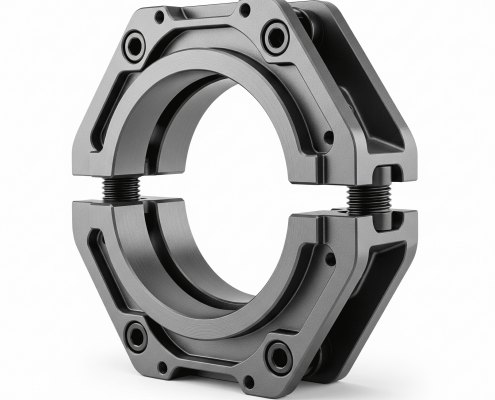
The following is a summary table of Types of Fasteners. The information is concise and clear, which is convenient for you to quickly browse and understand:
| Fastener Type | Description | Typical Applications |
|---|---|---|
| Screws | Threaded rods that cut into material to form their own hold | Woodworking, electronics, light metals |
| Bolts | Threaded rods used with nuts to clamp parts through pre-made holes | Automotive, CNC-machining, metal frames |
| Nuts | Internally threaded parts that secure bolts and maintain joint tension | Machines, industrial equipment |
| Washers | Flat rings that spread load and reduce loosening or damage | CNC assemblies, mechanical joints |
| Rivets | Permanent fasteners set by deformation after insertion | Aerospace, sheet metal, structural joints |
| Pins | Smooth rods used for alignment or temporary holding | Gear systems, engines, assemblies |
| Anchors | Expand inside holes to hold fasteners in concrete or brick | Wall mounts, heavy installations |
| Clamps & Clips | Temporary fasteners to hold or align parts during processing or testing | Electronics, apparel, prototyping |
How to Select the Right Fastener?
Choosing the right fastener requires balancing material, load, environment, and precision.
Material Compatibility
Select a fastener made of the same or compatible material as the base part. This prevents corrosion and ensures similar thermal and mechanical behavior. Use stainless steel in humid environments, and brass or nylon for plastics.
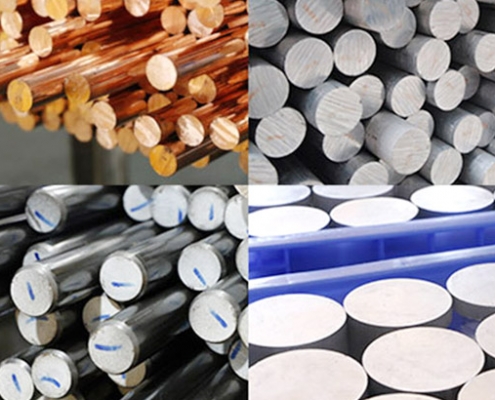
Load Type
Identify if the joint will face tension, shear, or both. Use bolts and nuts for tensile strength, and pins or dowels for shear. For combined loads, high-strength alloy fasteners are ideal.
Environment
Fasteners exposed to moisture, chemicals, or heat must be corrosion and temperature resistant. Use stainless steel or coated hardware in wet areas, and vibration-resistant fasteners in moving or high-impact systems.
Tolerance and Fit
In CNC-machined assemblies with tight tolerances, use precision-grade fasteners. Ensure exact dimensions and controlled threads to maintain alignment and avoid assembly issues.
Thread Design
Choose coarse threads for quick assembly and soft materials. Use fine threads for high strength and vibration resistance. Match metric or imperial threads based on design standards.
Start Your Custom Fasteners Project at VMT
Fasteners are critical in CNC machining for strength, accuracy, and clean assembly. At VMT, we ensure perfect fit and function with precision-drilled holes, accurate threading, and surface treatments that improve durability and appearance.
We support all types of fasteners, including screws, bolts, inserts, rivets, and custom options. With over 25,000 parts delivered, our team is ready to help you create high-quality, assembly-ready components.
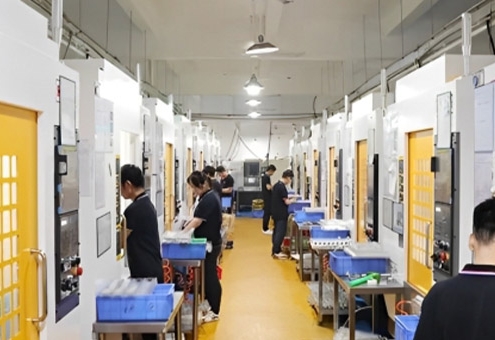
Frequently Asked Questions About Fasteners
What Application Requires these Fasteners?
Fasteners are essential in industries like automotive, aerospace, construction, and electronics. Specific fasteners are chosen based on the application’s load, vibration, temperature, and material requirements.
For example, high-strength bolts are used in structural steel connections, while miniature screws are used in electronic devices. The right fastener ensures durability and safety.
What Process Does Polishing Belong To?
A jam nut should have high thread strength, excellent vibration resistance, and material compatibility with the mating components. It should also resist loosening under dynamic loads. Corrosion resistance and durability are important for long-term performance, especially in harsh environments. Accurate sizing ensures a secure fit.
What are the Five Basic Types of Fasteners?
The five basic types of fasteners are:
-
Bolts – Used with nuts or tapped holes to form strong, secure, and removable joints in machinery and structures.
-
Nuts – Threaded internally to mate with bolts, providing clamping force.
-
Screws – Often self-tapping, used to fasten materials without nuts, ideal for wood, metal, or plastic.
-
Washers – Placed under nuts or bolt heads to distribute load, reduce wear, and prevent loosening.
-
Rivets – Permanent fasteners used to join sheet metal and structural components.

